|
Amita Institute's Recent Research Work at Yellowstone National Park (USA)
PART I
On the afternoon of June 17th, 2012, our research team embarked upon a mission in Yellowstone Park's Octopus Spring, 12,661 miles away from Hong Kong: to encode the cognitogenetic messaging system (CGMS) of some of the most ancient life forms ever discovered, called Thermocrinis. They belong to the most ancient class of bacteria; the Aquificales. All life once evolved from one single source, the "common ancestor", and the Aquificales are the closest living organisms on Earth identified to this common ancestor, even more ancient than Cyanobacteria; they the most primordial of all life we have so far discovered.
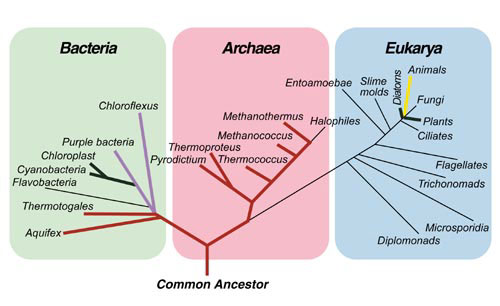 |
| |
The “tree of life”, marking the divergences of life forms, was derived from RNA (more primal form of genetic information) and DNA phylogenetic studies. Of these, the Aquificales (or Aquifex as shown in this diagram), are the most primordial life form identified to this day. We are at the upper right, most evolved from the common ancestor. (source: Aquificales in Yellowstone National Park. Reysenbach et al. Geoth Bio & Geochem in YNP) |
|
The bacteria that were to be encoded may looks like the Chinese sweet soup dessert, "»G¦Ë", of broken white/creamy-coloured sheets. Relatives of this species of bacteria mainly exists in other terrestrial geysers / hot springs, where YNP contains the richest source of these, and also deep-sea hydrothermal vents, located hundreds of meters underwater in the ocean.
| |
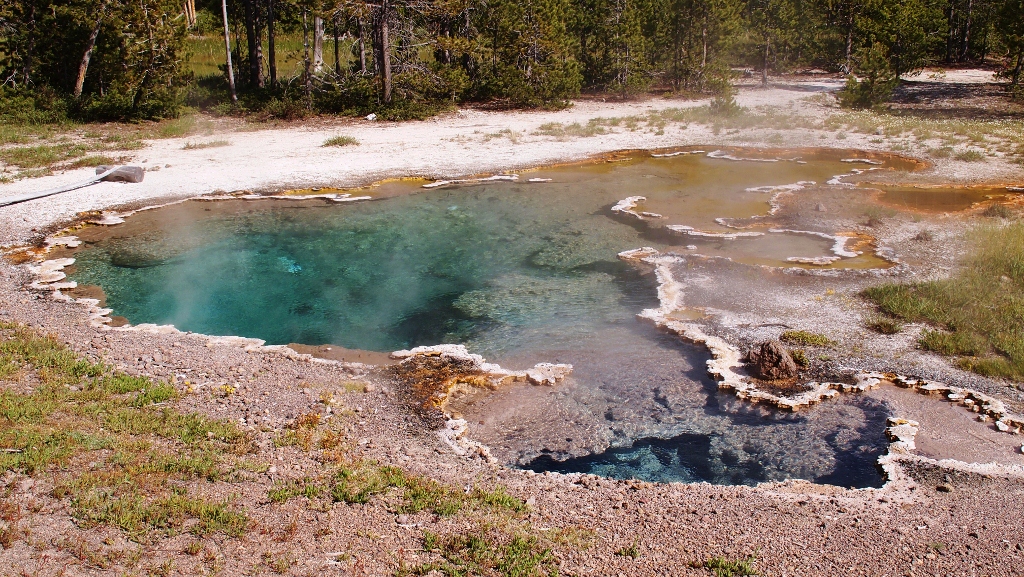 |
|
| |
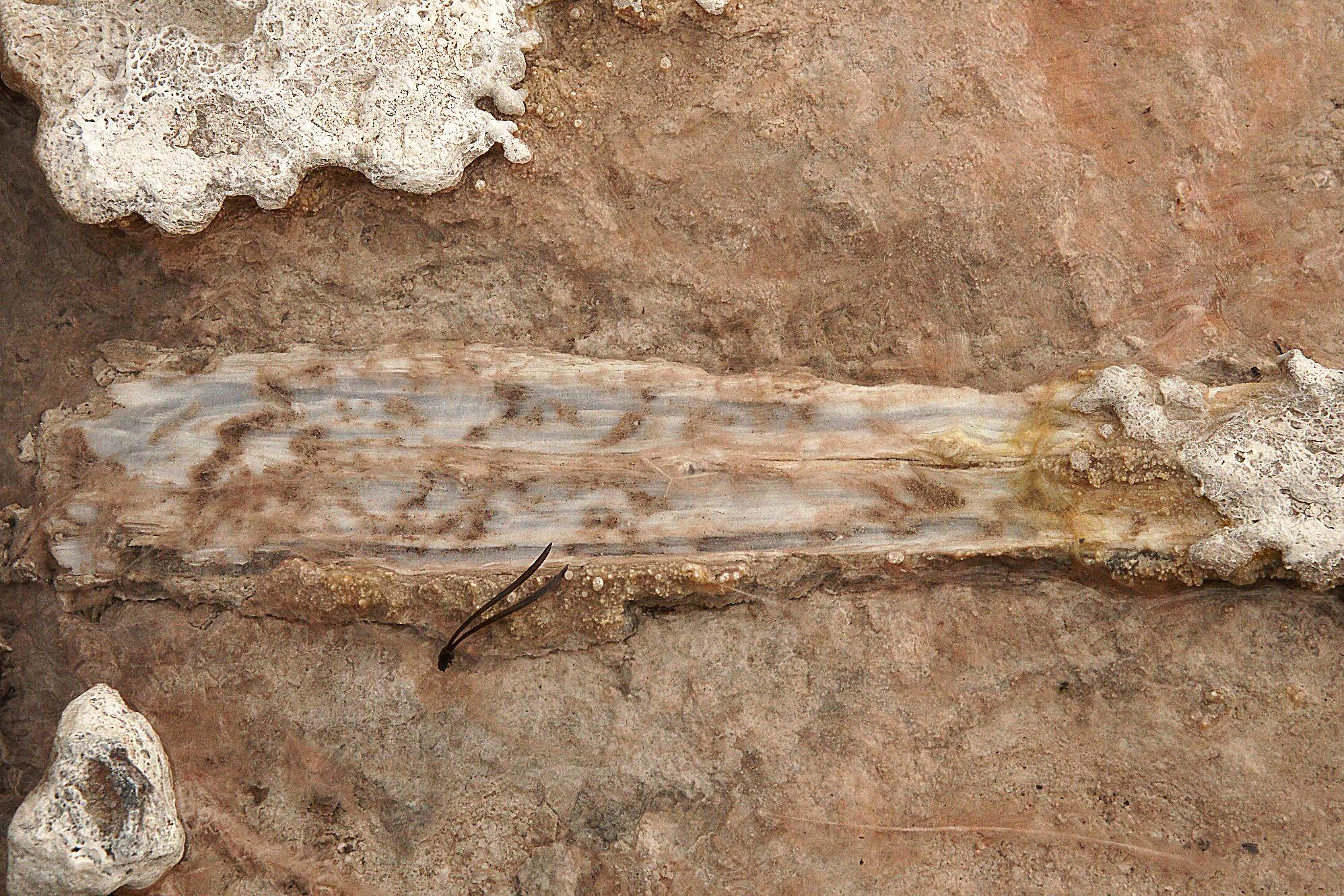 |
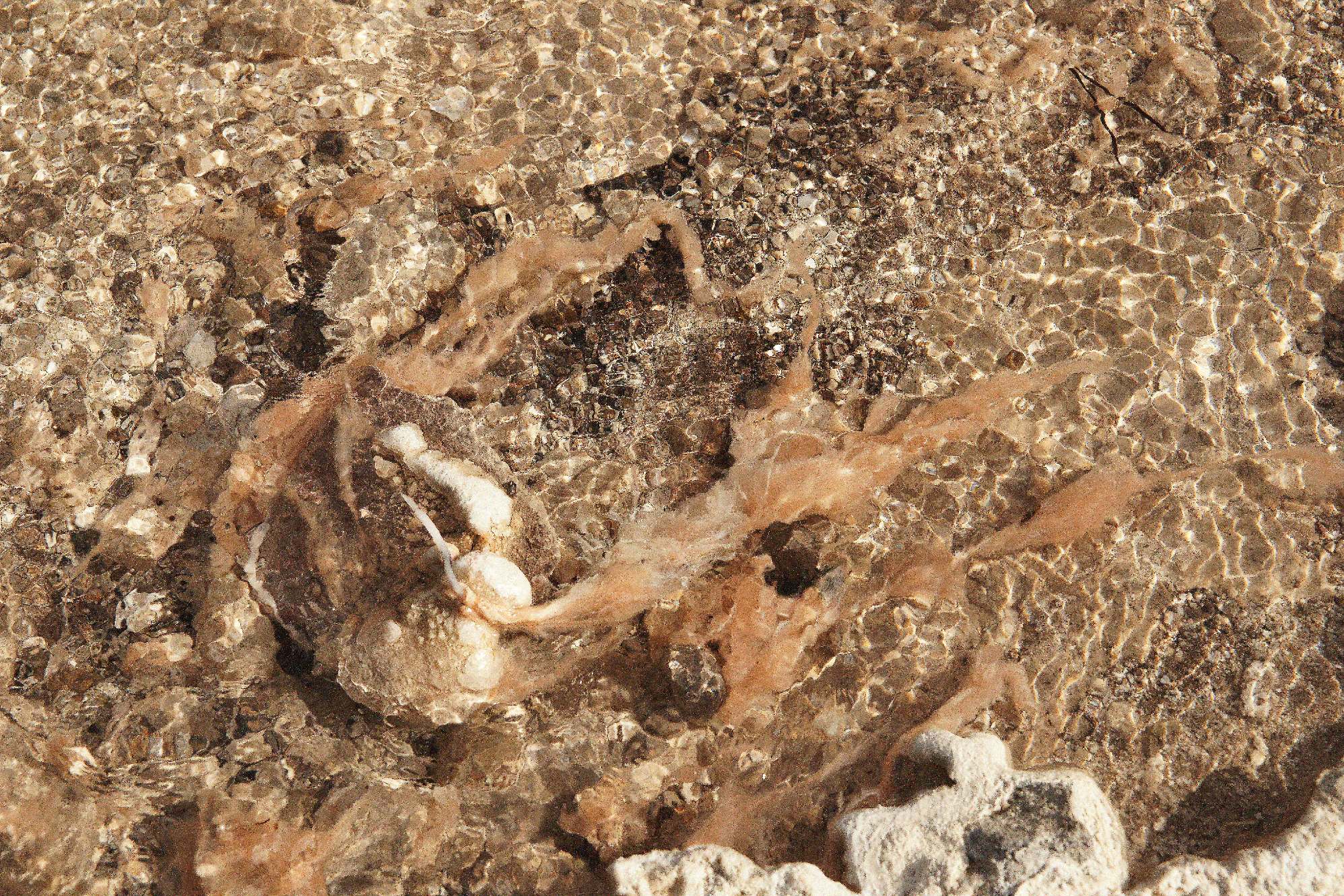 |
|
| |
(Top) Octopus spring, famous in scientific terms, for the discovery of the first Thermocrinis genus of Aquificales class, yet dangerous for tourists due to its thin silica sinter (spring deposits), whom many accidentally step in each year and are “poached”. (Bottom Left) White and (Bottom Right) red filamentous bacteria of Aquificales in the hot spring stream. (photographed by: David D'I) |
|
Our DNA-coded messaging spectral viewers ("scanners") observed that the Aquificales class of bacteria has the strongest cognitogenetic influence upon animals in comparison to any other life form, and is strongly linked to us humans. Its pure and strong cognitum quality of incorrect logics and fear largely feeds towards the branch of animals that further ignites another more destructive form of conscious data: aggression resulting from attack, which will also increase the destruction and decay. These qualities not only affect our/human psychology, but also physical health as these cognitum qualities resonate with the structural and functional components of the human bone and bone marrow, skin, lymphatic system, gastrointestinal (digestive) system and endocrine glands. This class of bacteria have been fueling such data to other life forms ever since its existence on early Earth, over 3 billion years ago – not to mention fueling to humans, since the birth of humans 2.3 million years ago.
At Octopus Spring, scanners identified 2 physically distinct forms of Aquificales to be CGMS encoded: white and orange-pink filamentous bacteria. After specimen isolation, CGMS encoding using a specific CGMS formula was done. The above mentioned observed DNA messaging characteristics of the bacteria were readily neutralised with our CGMS (out-of-phase) signal and the hence, the decay reduced – taking place with both the Aquificales and Humans simultaneously. In the cases of Humans, the effect extended to these bodily systems: the bone marrow via bone, and the lymphatic and gastrointestinal system via skin and hair. The CGMS encoding also modulated original signals to cognitum values interpreted as qualities of constructive aggression, fearlessness and constructive logics.
| |
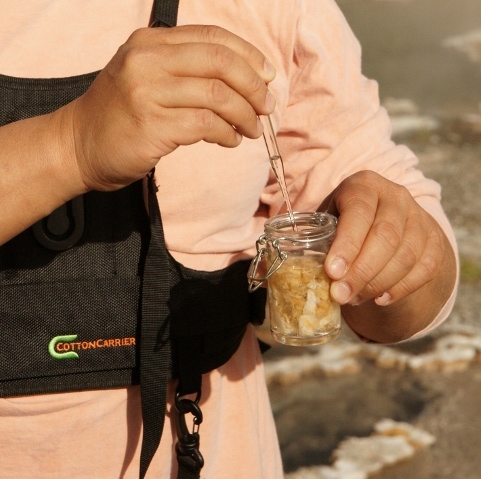 |
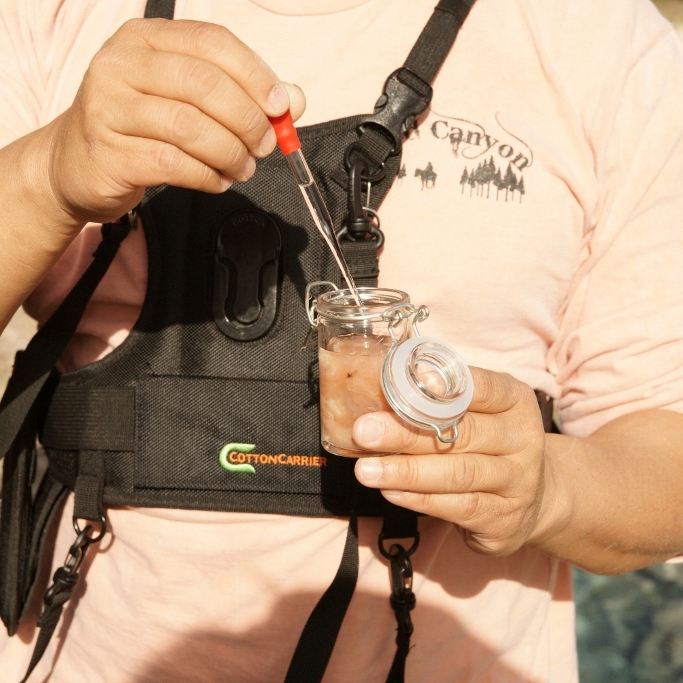 |
|
| |
The CGMS encoding process with the optimum formula, conducted by lead researcher, David, and monitored by our senior scanners: Fafa and Yanyan. (photographed by: Fafa Leung) |
|
David, our lead researcher, pinpointed the boiling spring water's significance to initial spark of life (the “primordial soup”) and bacteria formation were all anchored on rocks, hence somehow the interaction between the water and rocks may be an even more primal source. Both senior scanners observed that this indeed was so; the spring water cognitum value seem to instigate with the rocks' values, which is what was creating the fear, incorrect logic, data and mild consciousness data fueling the formation of bacteria in an initially relatively nil quality of spring water. The spring water's influence on humans were via the Aquificales class of bacteria, which are usually what stimulates the mutation of our stem cells, causing dysplasia / hyperplasia (abnormal growth / function) as well as cancerous cases.
| |
.jpg) |
|
| |
David, our lead researcher, pinpointed that all the bacterial formations were formed around rocks - leading us to research further into the initial sparks of life. (photographed by: David D'I) |
|
Identifying the above, they directly Cognito PreGenetic Messaging System (CPGMS) encoded the spring water. This brought about neutralisation of the original rocks' cognitum values of aggression, hence transforming the instigation effects, allowing spring water to bear new life directives values. This in turn relayed these modulated signals fueling to bacteria then to humans. Through dealing with the superficial layers, underlying core qualities were revealed: primal inertia, individuality, extreme logic and fear. On the DNA level, these are associated with persistent characteristics of both our psychological and physical health. As it affects our psychology and emotions, it also affects the outlook, decisions and hence happenings of our life path. Hence, altering such values are important for our life path as well. Second step CPGMS encoding, generated excessive amount of out-of-phase superposition of previous mentioned values, not only neutralising them but also yielding a net effect of inducing new life directives, cognitum values of unity, selflessness, fearlessness and compassion.
The CPGMS encoding effect did not only take place at Octopus Spring, but also transduced on a massive scale to other parts of the underground geological landscape. The research team suspected it to be the vast underground network of heated spring water of the Yellowstone Caldera, reaching other geothermal features of Yellowstone.
| |
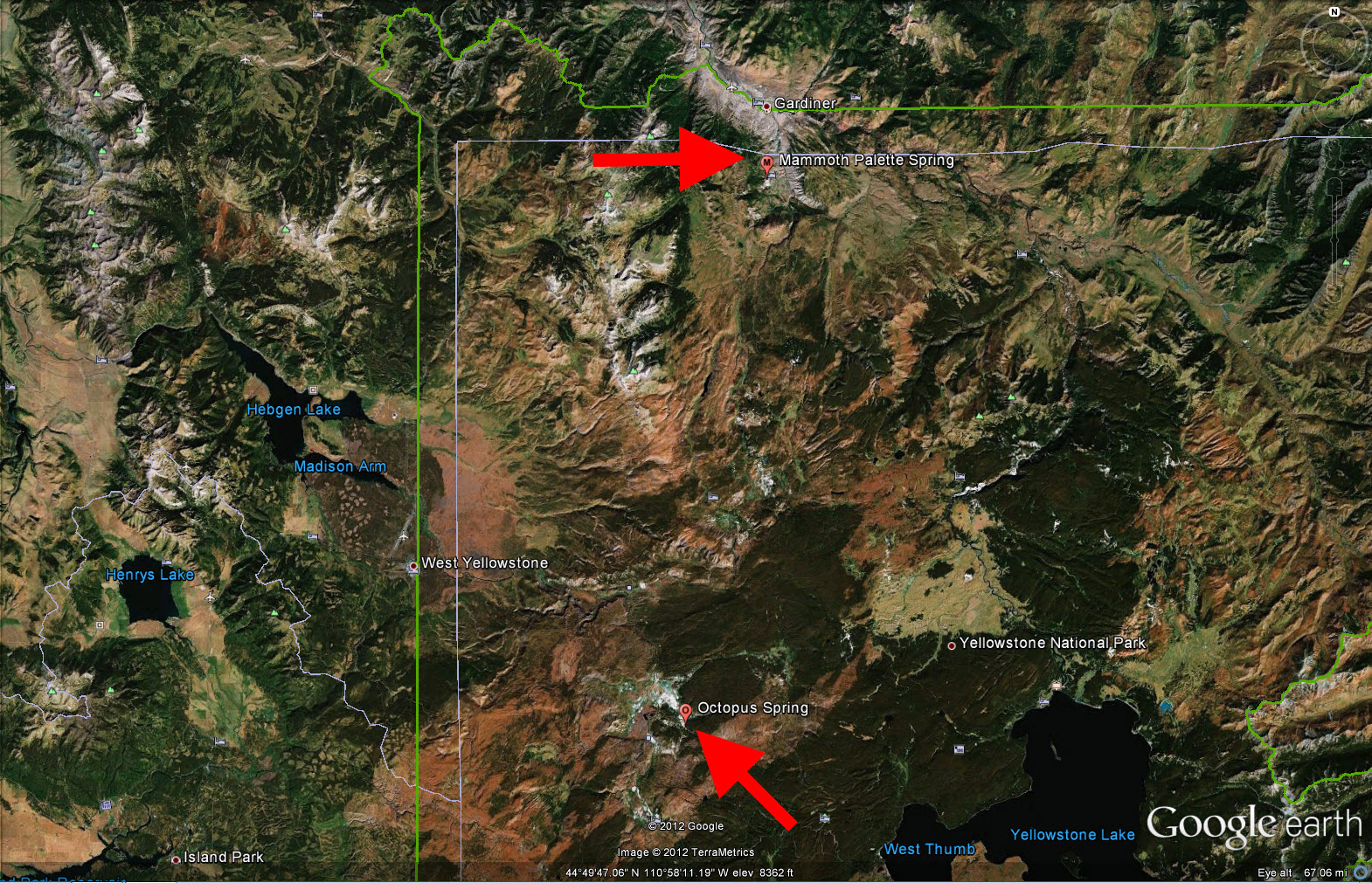 |
|
| |
A map of the Yellowstone National Park area with our recorded observations on CGMSE transduction. The bottom arrow indicates the location of Octopus Spring and the top, Mammoth Springs. (source: Google Maps) |
|
Further CPGMS encoding took place at Palette Spring of Mammoth Springs, further north in Yellowstone, where there is also had some red filamentous bacteria. Encoding of the spring water enabled ambition and pride cognitum values' neutralization primarily in Humans' lymphatic nodes, that usually stimulate conflict to a lesser intensity as well as its resultant electromagnetic field.
| |
 |
|
| |
Our lead researcher, David, surveying Palette Spring prior to encoding. |
|
The overall observed impact of CGMS encoding on Aquificales and CPGMS encoding on the spring water had on Humans was astonishing. It was incomparable (much more massive scale) to prior CGMS encodings on the Echinoidea class (sea urchin) and Actiniaria class (sea anemone) last year 2011, whom are both part of the Animalia kingdom (the most divergent branch of the tree of life that we are also part of).
|